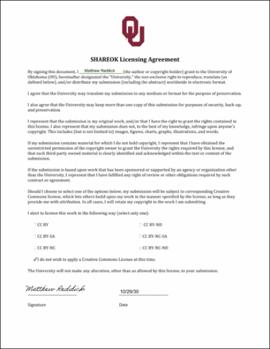| dc.description.abstract | Vitamin b12 deficiency anemia in the general population is 1.4% with an even higher incidence in the elderly and hospitalized reported up to 10-15%. Other causes of anemia such as warm autoimmune hemolytic anemia have an incidence of around 0.017% with a rate as high as 10% with conditions such as chronic lymphocytic leukemia or lupus. This is the case of a 65 year old female patient who presented for fatigue and dyspnea on exertion with an insidious onset. She denied bleeding from any orifices. She denied being a vegetarian and she denied any recent, unexplained weight loss. She mentioned she had a history of anemia that had never been worked up. Her past medical history also included well controlled insulin dependent type II diabetes and hypothyroidism. Patient denied smoking, drinking or illicit drug use. Her medications included insulin and Tresiba. The patient’s vital signs were stable. Physical exam was benign. No noticeable pallor. No glossitis. No tachycardia. No murmurs. No hepatosplenomegaly. Initial laboratory studies revealed pancytopenia with a WBC of 2,900/mm3, hemoglobin of 4.8 g/dL, platelet count of 101 x109/L. MCV was 110.4 fL/cell. B12 levels were also low at 146 pg/mL and methylmalonic acid levels were elevated at 18.72 nmol/L. The patient was admitted for B12 deficiency anemia with plans for transfusion of 2 units of pRBC’s for symptom control. The immunoassay for anti-intrinsic factor was negative. In trying to further understand what could be contributing to the severity of the patient’s anemia peripheral smear and hemolysis labs were performed. The peripheral smear showed hyper segmented neutrophils with macrocytic red blood cells. The absolute reticulocyte count was low at 0.13%, low haptoglobin of 8.0 mg/dL, and an elevated LDH at 5,561 U/L. This prompted a direct combs test and direct antigen test that both revealed the presence of IgG to confirm the concomitant presence of AIHA. She also had EGD done which showed atrophic gastritis with negative H. Pylori test. She was discharged home successfully with a close hematology follow up.
While each individual cause is uncommon in the general population, the chance of both occurring is even rarer. There are few case reports of pernicious anemia and AIHA described in the literature. Transient antibody positivity for hemolysis has also been reported with pernicious anemia. Our patient did not have anti-IF antibodies which is seen in about 80-90% of cases of pernicious anemia. Atrophic gastritis can be autoimmune as well. She needs further work up for both of these entities. This case provides a unique look at a possibly non-autoimmune B12 anemia with concomitant AIHA. | en_US |
